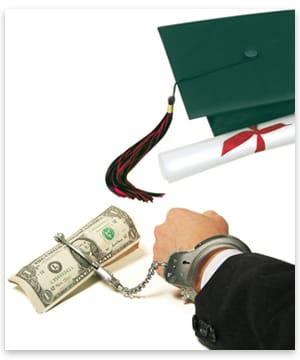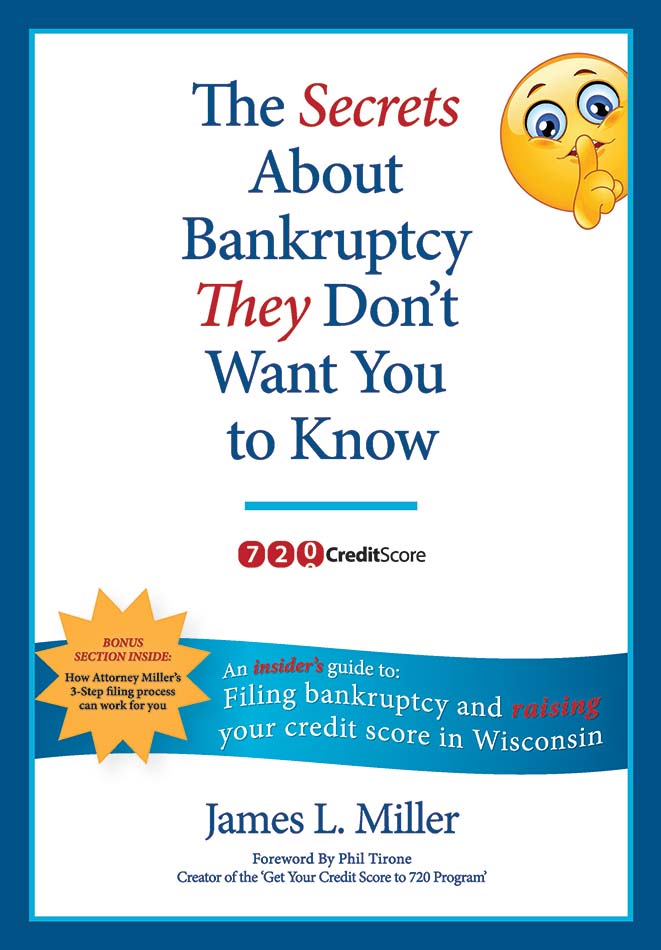 Discharging student loans in bankruptcy is very challenging. In fact, the borrower’s bankruptcy options on student loans have shrunk to a very few. Changes to the Bankruptcy Code in late 1998 made student loans non dischargeable, regardless of the age of the loan, unless the borrower can establish substantial hardship. Changes in 2005 made even private student loans non dischargeable. The only way the loan can be discharged is by proving that repayment of the loan will create an undue hardship on the debtor/borrower and his family. This standard is generally interpreted to mean that the debtor cannot maintain a minimally adequate standard of living and repay the loan. It usually requires a showing that the conditions that make repayment a hardship are unlikely to improve substantially over time. Many courts use the test for undue hardship found in the Brunner case. The Brunner case set forth the following requirements to allow one to get rid of student loans. Those requirements are: (1) that the debtor cannot maintain, based on current income and expenses, a “minimal” standard of living for herself and her dependents if forced to repay the loans; (2) that additional circumstances exist indicating that this state of affairs is likely to persist for a significant portion of the repayment period of the student loans; and (3) that the debtor has made good faith efforts to repay the loans. If you have student loans that you can’t repay it is always suggested that you discuss your options with a qualified bankruptcy lawyer.
Discharging student loans in bankruptcy is very challenging. In fact, the borrower’s bankruptcy options on student loans have shrunk to a very few. Changes to the Bankruptcy Code in late 1998 made student loans non dischargeable, regardless of the age of the loan, unless the borrower can establish substantial hardship. Changes in 2005 made even private student loans non dischargeable. The only way the loan can be discharged is by proving that repayment of the loan will create an undue hardship on the debtor/borrower and his family. This standard is generally interpreted to mean that the debtor cannot maintain a minimally adequate standard of living and repay the loan. It usually requires a showing that the conditions that make repayment a hardship are unlikely to improve substantially over time. Many courts use the test for undue hardship found in the Brunner case. The Brunner case set forth the following requirements to allow one to get rid of student loans. Those requirements are: (1) that the debtor cannot maintain, based on current income and expenses, a “minimal” standard of living for herself and her dependents if forced to repay the loans; (2) that additional circumstances exist indicating that this state of affairs is likely to persist for a significant portion of the repayment period of the student loans; and (3) that the debtor has made good faith efforts to repay the loans. If you have student loans that you can’t repay it is always suggested that you discuss your options with a qualified bankruptcy lawyer.
Can I discharge my Student Loans in Bankruptcy?

Complete this form to receive your FREE copy of Attorney Miller’s book, The Secrets About Bankruptcy They Don’t Want You to Know. Order today to begin your personal journey toward true financial freedom.
OR
